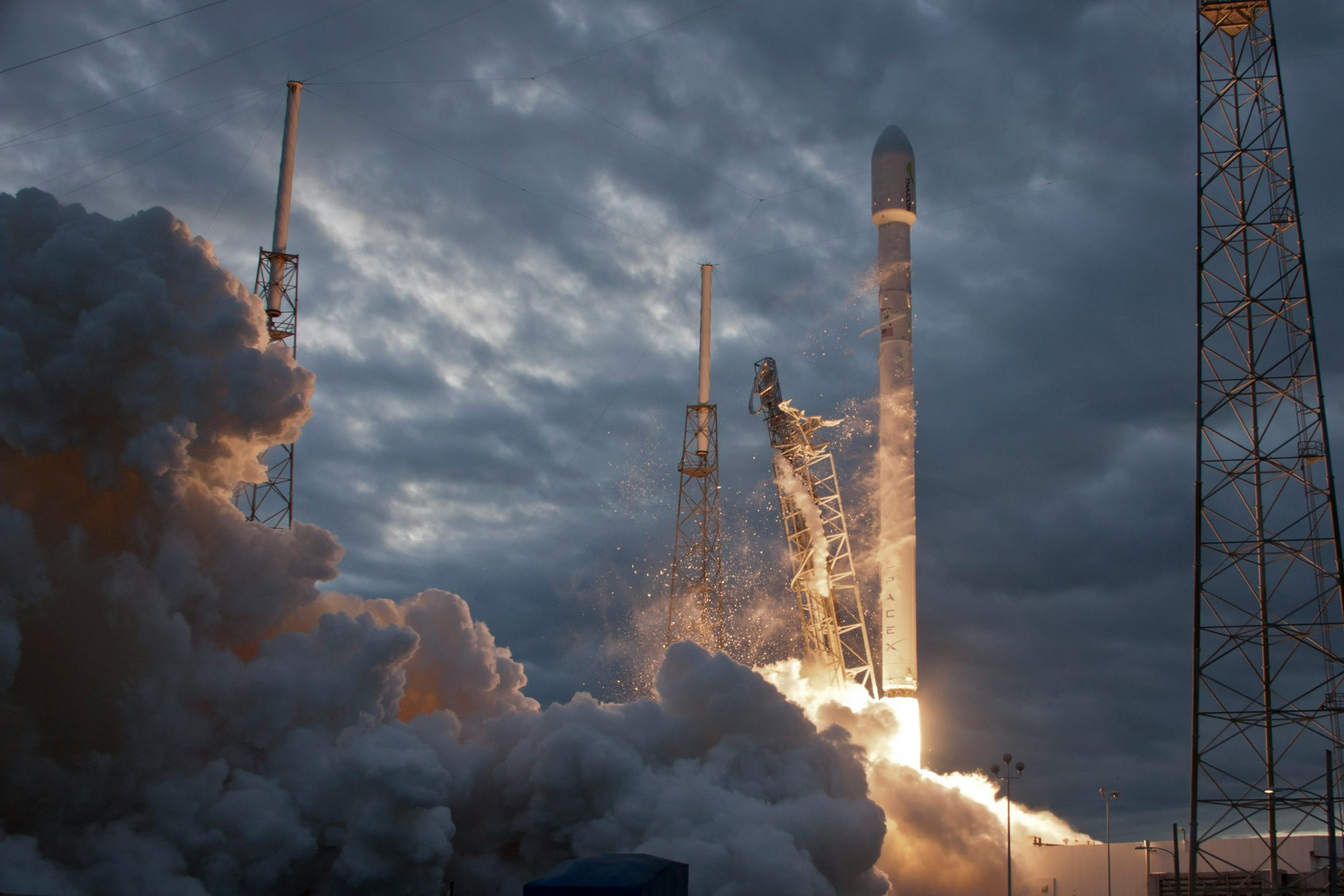The Surprising Evolution of Space Exploration Vehicle Technologies
When we think of space exploration vehicles, images of sleek shuttles and advanced rockets often come to mind. But what many don’t realize is that the evolution of space exploration vehicle technologies has been a surprising and fascinating journey. From humble beginnings to groundbreaking advancements, these vehicles have become an integral part of humanity’s quest to conquer the final frontier.
The Early Days of Space Exploration Vehicles
The first space exploration vehicles were simple and rudimentary, yet they paved the way for what was to come. The first successful spacecraft, the Soviet Union’s Sputnik 1, was launched in 1957. It was a small, spherical satellite that paved the way for future space exploration missions. The United States followed suit with their own satellite, Explorer 1, which was launched just four months later.
As the space race between the US and the Soviet Union continued, both countries were determined to push the boundaries of space exploration. In 1961, Yuri Gagarin became the first human to journey into outer space aboard the Soviet Vostok 1. This achievement was followed by the United States’ Apollo program, which aimed to land astronauts on the moon.
The Apollo Program and Space Shuttles
The Apollo program was a monumental success, with Neil Armstrong and Buzz Aldrin making history by becoming the first humans to set foot on the moon in 1969. This was made possible by the development of the Apollo spacecraft, which consisted of a command module and a lunar module. This groundbreaking achievement inspired a new era of space exploration.
In the 1970s, NASA began developing the next generation of space exploration vehicle – the space shuttle. These reusable spacecraft were designed to carry astronauts and cargo into orbit, and they brought about a significant shift in space exploration technology. The first space shuttle, Columbia, was launched in 1981 and was followed by several successful missions.
The Rise of Private Companies and the Future of Space Exploration
As technology continued to advance, the space industry saw the rise of private companies entering the realm of space exploration. In 2001, American businessman Dennis Tito became the first space tourist, traveling to the International Space Station aboard a Russian spacecraft.
Private companies, such as SpaceX and Blue Origin, are now leading the way in developing space exploration technologies. SpaceX’s Falcon rockets and Dragon capsules have successfully launched and landed numerous times, paving the way for future missions to Mars and beyond. Blue Origin, on the other hand, is focused on developing reusable rockets and spacecraft for commercial space flights.
The Future of Space Exploration Vehicle Technologies
With private companies pushing the boundaries of space exploration, the future looks promising. Technologies such as additive manufacturing and artificial intelligence are being incorporated into space vehicles, making them more efficient and cost-effective. Furthermore, the development of reusable rockets and spacecraft will open up new possibilities for space travel, including establishing colonies on other planets.
As we continue to explore and discover the wonders of our universe, the evolution of space exploration vehicle technologies will play a vital role in our journey. From the early days of Sputnik to the current innovations of private companies, the future of space exploration is sure to be filled with even more unexpected and astounding developments.











